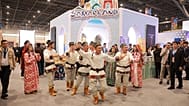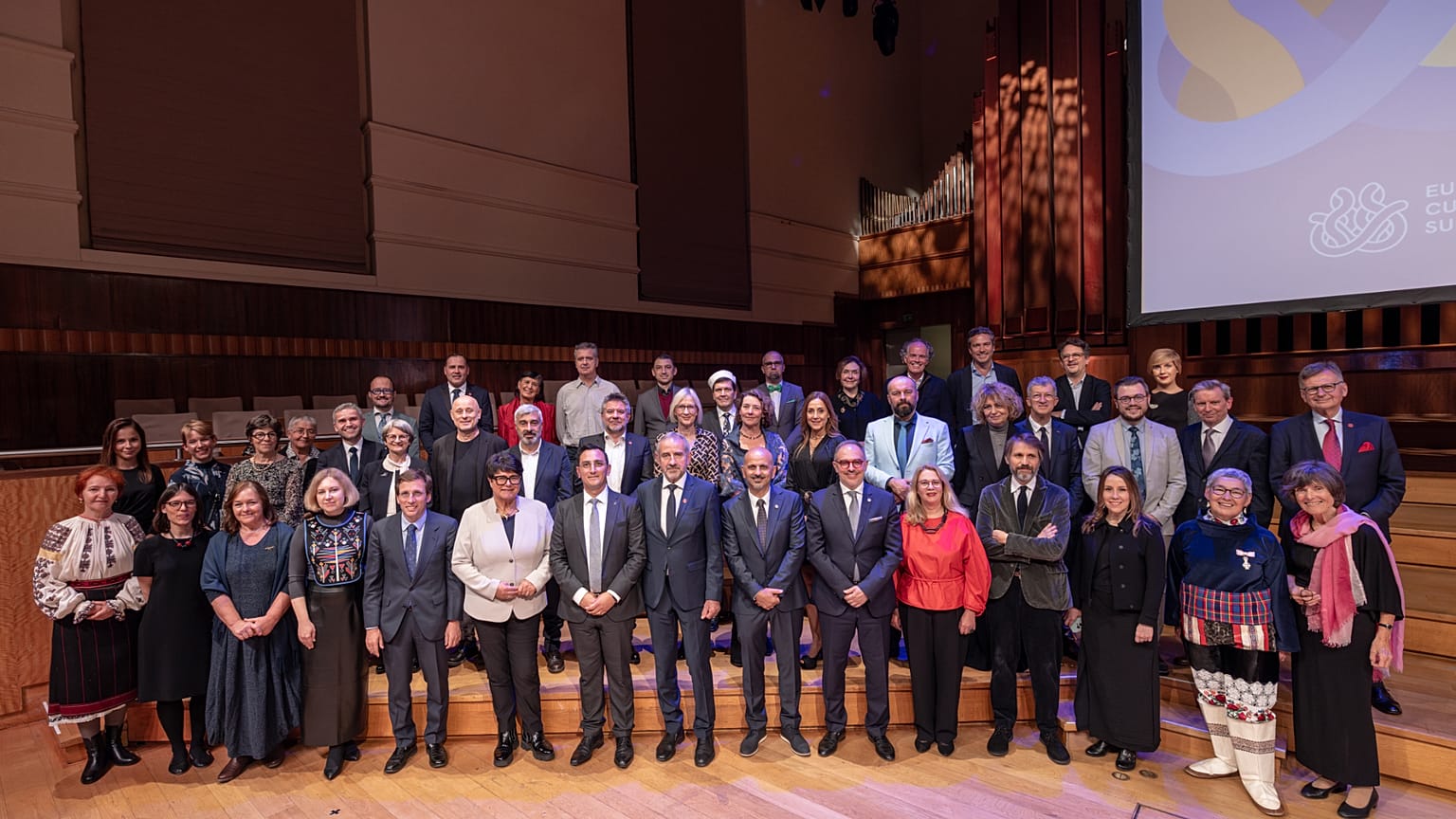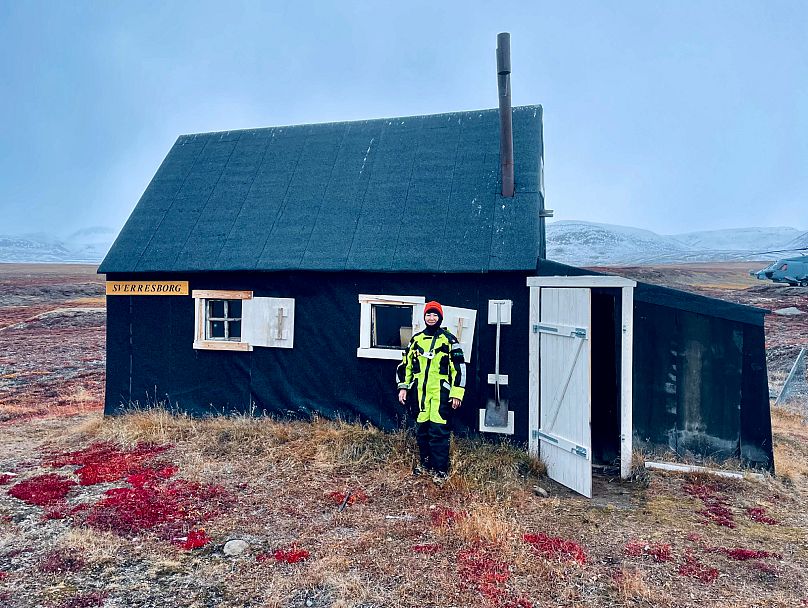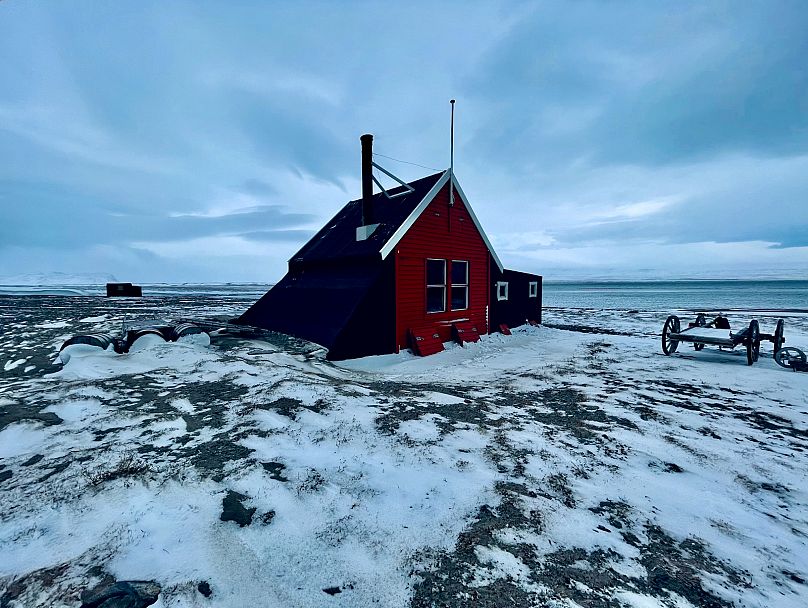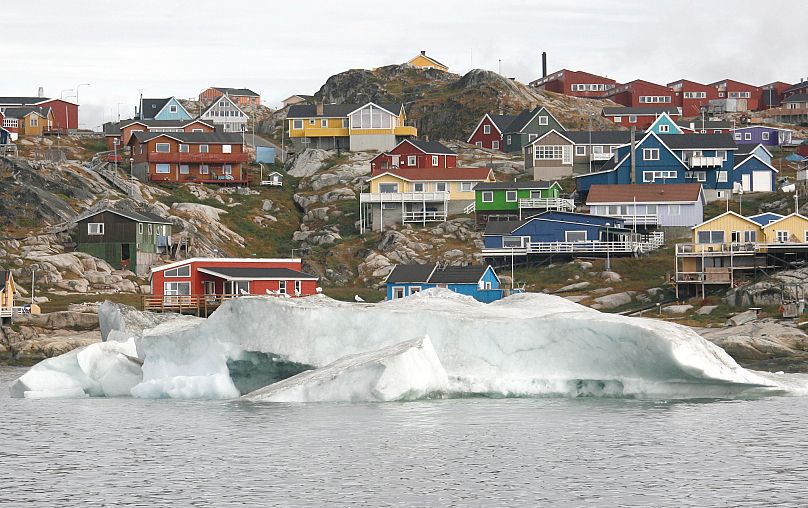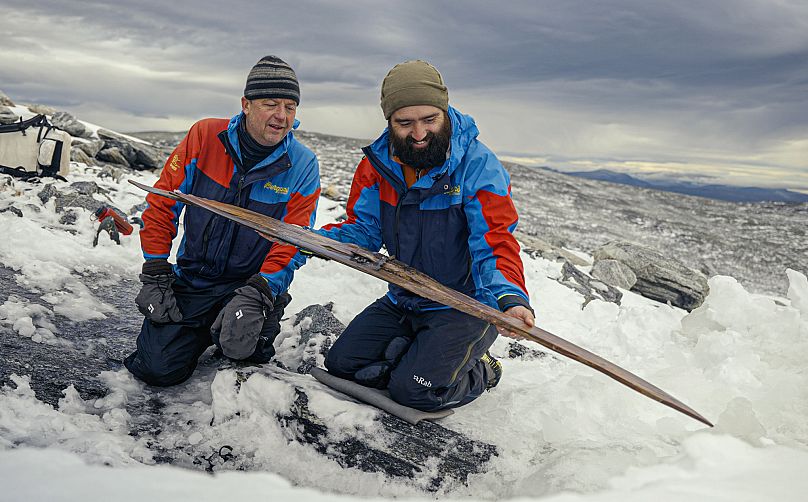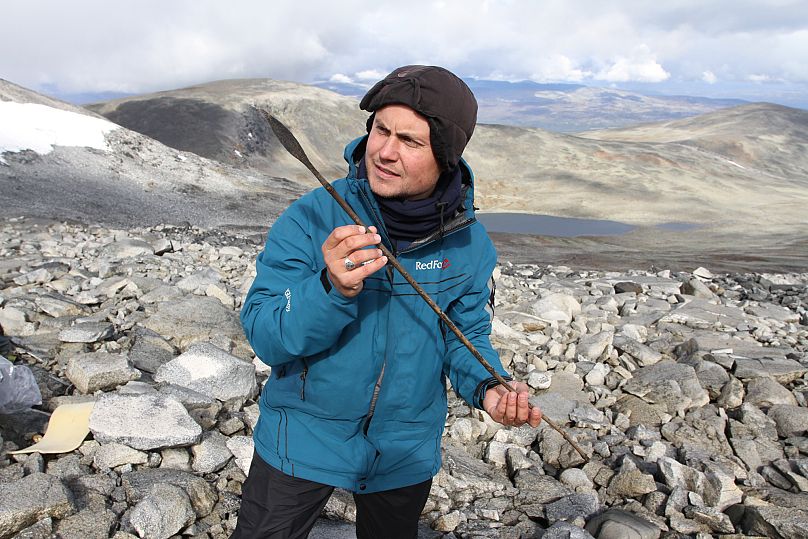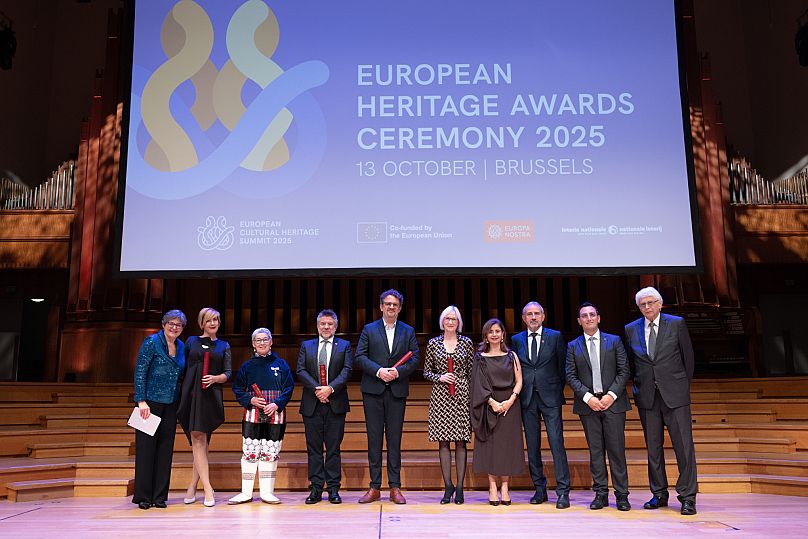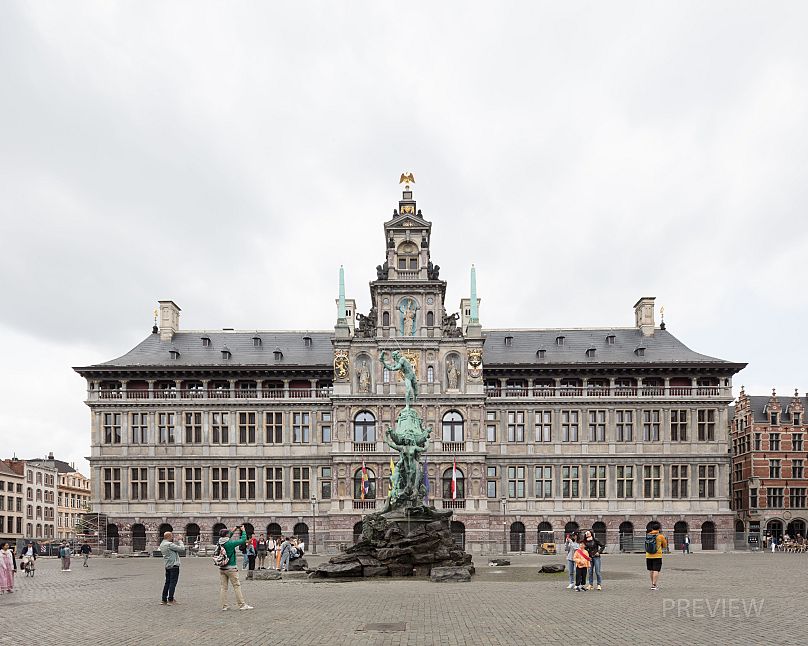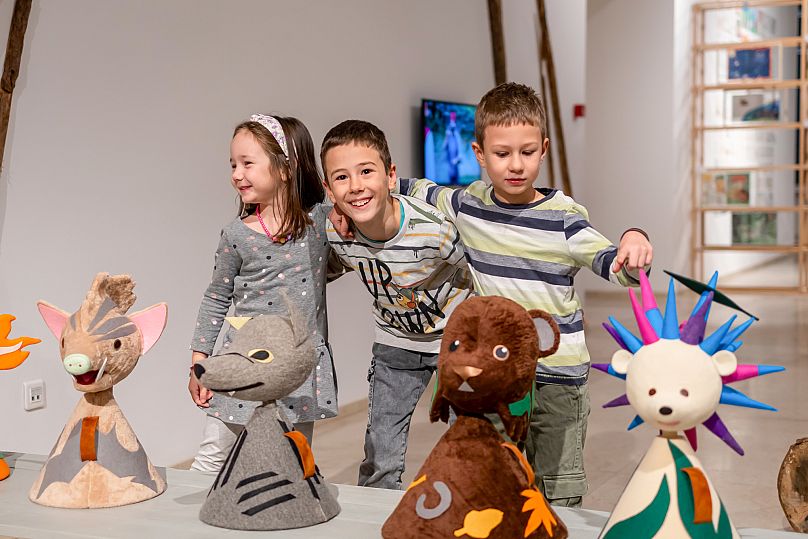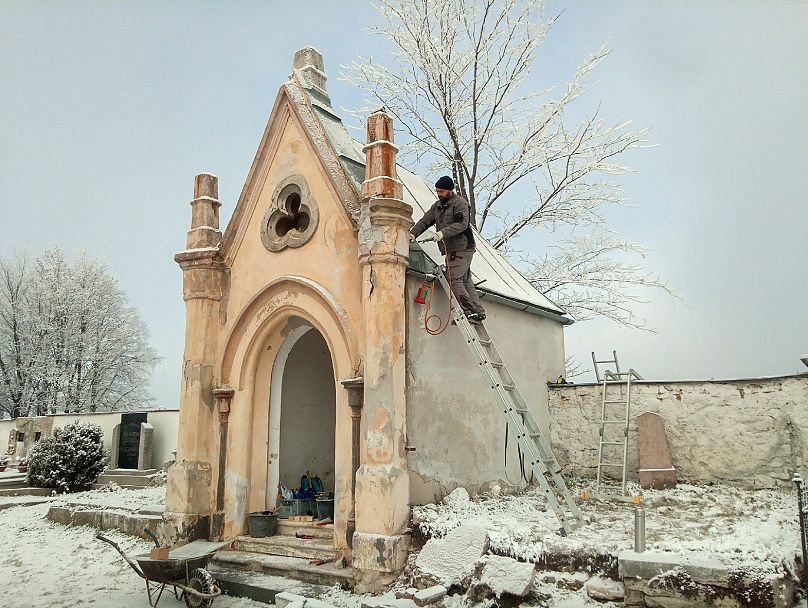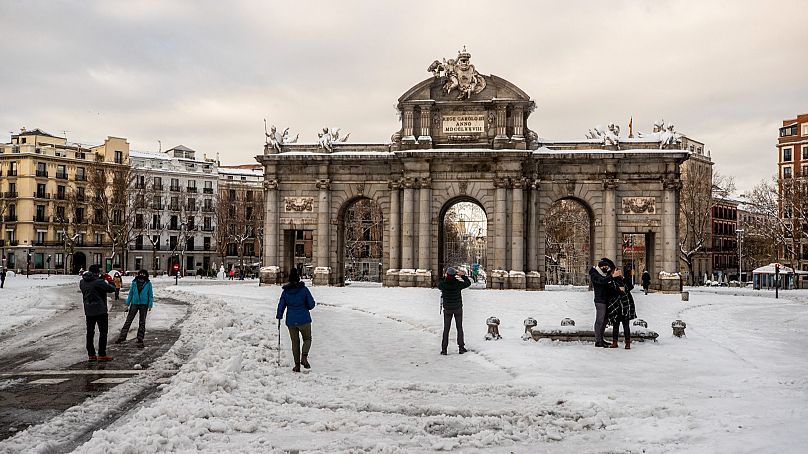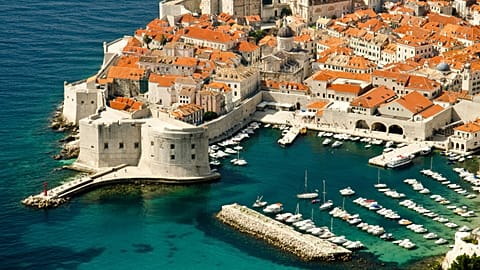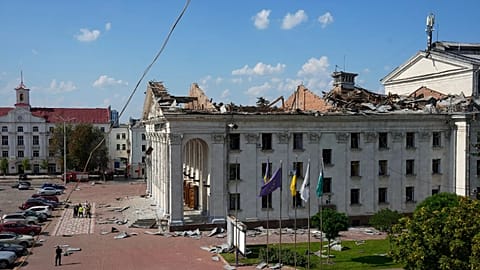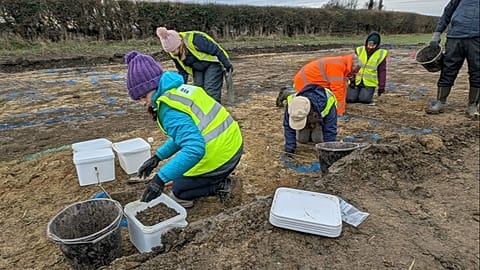Dozens of cultural heritage workers have been hailed as heroes in Brussels this week for their work preserving a broad range of projects, from a glacier archaeology programme in Norway to the restoration of Antwerp City Hall in Belgium and the Puerta de Alcalá in Madrid.
Scientists, archaeologists and museum curators - many were called and nearly all were chosen as champions at this week's European Heritage Awards in Brussels.
The prize-giving ceremony crowned a four-day gathering, organised by Europa Nostra and the European Commission, to honour 30 outstanding heritage achievements from 24 countries, including five Grand Prix awards.
"It’s really a mosaic that tells you how important heritage is for communities and citizens, and how many extraordinary commitments, skills, we have in Europe that are engaged in safeguarding and transmitting this heritage to the future generations", Sneška Quaedvlieg-Mihailovic, Secretary General of Europa Nostra, told Euronews.
The Grand Prix in the category Heritage champions was given to curator Inge Bisgaard, who has dedicated her career to protecting Greenland’s heritage, from traditional wooden architecture to 20th-century expedition cabins.
She notably studies the challenges posed by climate change. "The permafrost melting gives a lot of problems with especially buildings in remote area. We cannot just travel up to these places every year because it's very costly. So we are trying to put more gravel on the houses, so they come up and the water can come out, and then we can maybe save the buildings this way", explained Inge Bisgaard.
Bisgaard also contributed to include Kujataa, a subarctic farming landscape located in the southern region of Greenland, on the UNESCO World Heritage List in 2017, by listing the 57 buildings.
Secrets of the Ice
The Norwegian glacial archaeology programme – Secrets of the Ice – received the Grand Prix in the Research category. The programme was launched in 2006, after a local mountaineer found a 3000-year-old shoe in the melting ice, "Norway's oldest shoe", according to glacier archaeologist, Espen Finstad.
6000-year-old bows and arrows, prehistoric outfits, millennial skis: the team has since then discovered more than 4,500 artefacts preserved in ice, which stand witness to human civilisation in Norway’s Innlandet County.
"People started coming to this area because of the reindeer. They moved from France to Norway, then the people settled and started living from agriculture and of course also hunting", explained Mai Bakken, Director of the Norwegian Mountain Museum.
These scientists work against the clock, as the thick layers of ice begin to thin.
"It’s a paradox. It’s climate change that makes us find these unique artifacts. But we must be there to collect them, otherwise they will disappear, they will be taken away in melted water or carried away", Finstad added.
The restoration of Antwerp City Hall in Belgium was awarded the Grand Prix in the Conservation and adaptive reuse category.
The Serbian project "Hedgehog’s home - inventing a better world" was the Grand Prix winner in the Citizens’ engagement and awareness-raising category.
The Museum of Yugoslavia in Belgrade reimagined Branko Ćopić’s children's poem Hedgehog’s Home to highlight intergenerational dialogue and inclusivity.
It promotes "the sense of home, the sense of belonging, the sense of community" at a time of "division" and "polarisation", in Serbia and beyond, said Quaedvlieg-Mihailovic.
"Pro monumenta", a national initiative from Slovakia supporting the preventive maintenance of monuments to reduce costs and improve conservation results received the Grand Prix in the Education, training and skills category.
Last but not least, the public choice award went to the restoration of the Puerta de Alcalá in the Spanish capital Madrid, a project showing "the importance of communities" and of "cities" for European heritage's preservation, Sneška Quaedvlieg-Mihailovic says.



